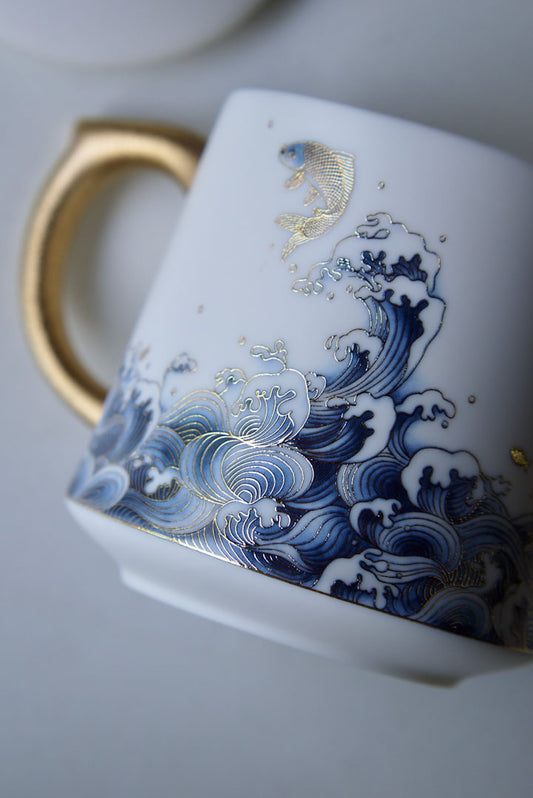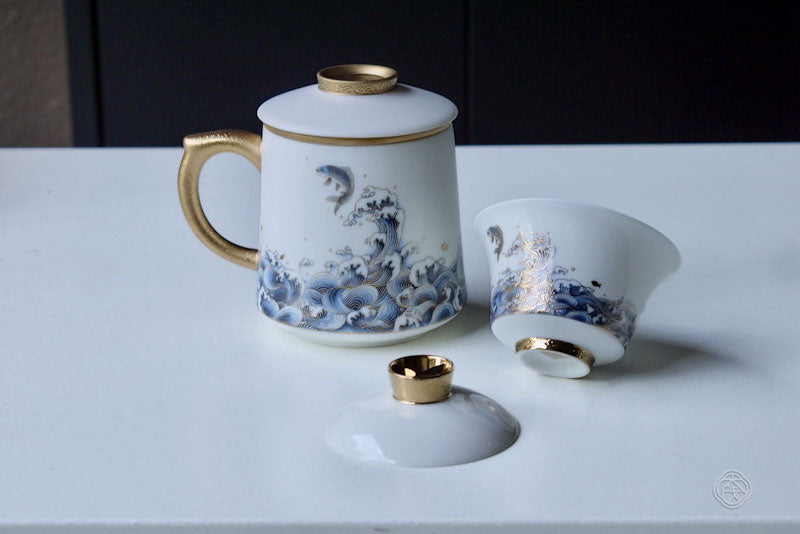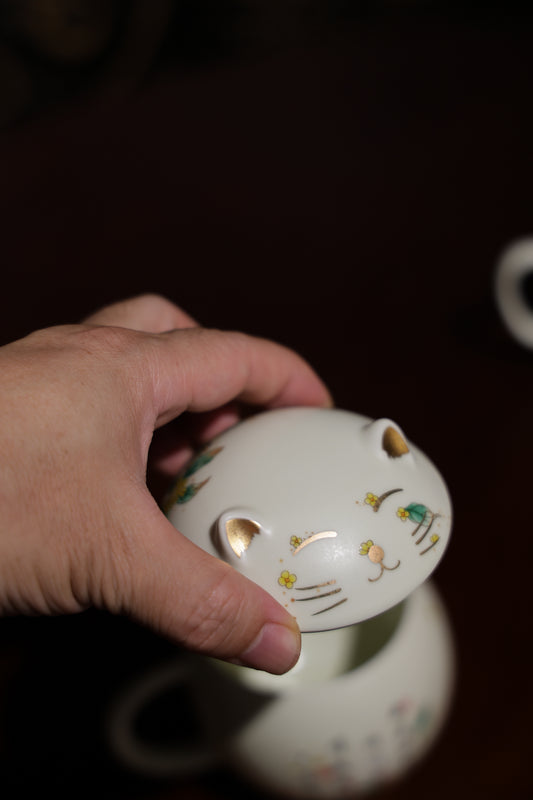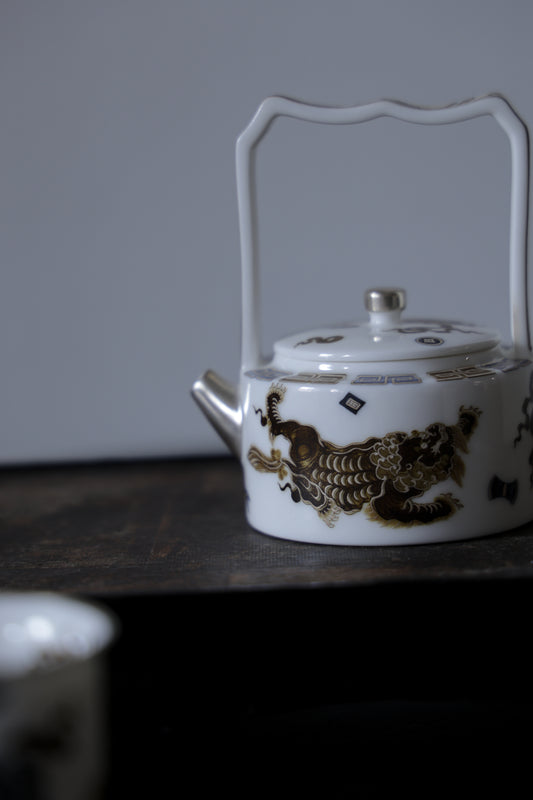
Blanc de Chine: Integrating Dehua Porcelain into Western Homes
YuanKevinShare
Dehua white porcelain, known as "Blanc de Chine," has captivated Western audiences with its purity, craftsmanship, and historical significance. This fine porcelain, originating from Dehua County in China's Fujian Province, is renowned for its ivory-white color and smooth, delicate texture, which has made it a favorite among collectors and art enthusiasts globally.

Characteristics of Dehua White Porcelain
Material Quality:
Dehua porcelain is distinguished by its unique clay, rich in kaolin, which provides exceptional whiteness and translucency. This high-quality clay allows artisans to create thin, elegant pieces that are both durable and aesthetically pleasing.
Craftsmanship:
The production of Dehua porcelain involves meticulous craftsmanship, with techniques passed down through generations. Artisans handcraft each piece, ensuring that the intricate details and smooth finishes are preserved. The firing process, which can exceed 1300°C, further enhances the porcelain's durability and brilliance.
Artistic Significance:
Dehua porcelain often features themes rooted in Chinese culture and Buddhism, including sculptures of deities, animals, and nature. These pieces are not only functional but also serve as cultural symbols and artistic expressions. In Western countries, the blend of utility and artistry has led to widespread appreciation and integration into home decor and collections.

Western Appreciation and Integration
In recent years, Dehua white porcelain has gained significant recognition in Western markets, particularly in the United States and Europe. Exhibitions in prominent locations like New York's Times Square and the United Nations headquarters have showcased these exquisite pieces, highlighting their historical and cultural importance. Such events have helped bridge cultural gaps, allowing Western audiences to appreciate the depth of Chinese craftsmanship and heritage.
Integration into Daily Life:
Western consumers admire Dehua porcelain for its elegance and versatility. Teaware, such as teapots, cups, and plates, crafted from Dehua porcelain, is highly sought after for its ability to enhance the tea-drinking experience. The smooth texture and pure color of the porcelain are believed to amplify the aesthetic and sensory pleasure of tea rituals.
Cultural Symbolism:
Dehua porcelain pieces are often seen as symbols of refinement and cultural sophistication. Collectors in the West value these items not only for their beauty but also for their historical connections to Chinese heritage. The porcelain's association with purity and artistic excellence makes it a prized addition to art collections and home interiors.

Conclusion
Dehua white porcelain has seamlessly woven its way into the fabric of Western appreciation for fine arts and cultural artifacts. Through exhibitions, cultural exchanges, and everyday use, Dehua porcelain continues to enchant and inspire, symbolizing a harmonious blend of functionality and artistic splendor. Its presence in Western homes and collections stands as a testament to the enduring legacy and universal appeal of this timeless Chinese craft.
For further exploration of Dehua white porcelain and its impact on Western culture, readers can visit exhibitions or view collections in museums and galleries worldwide. These pieces not only represent a rich artistic tradition but also serve as a bridge connecting diverse cultures through shared appreciation for beauty and craftsmanship.




















